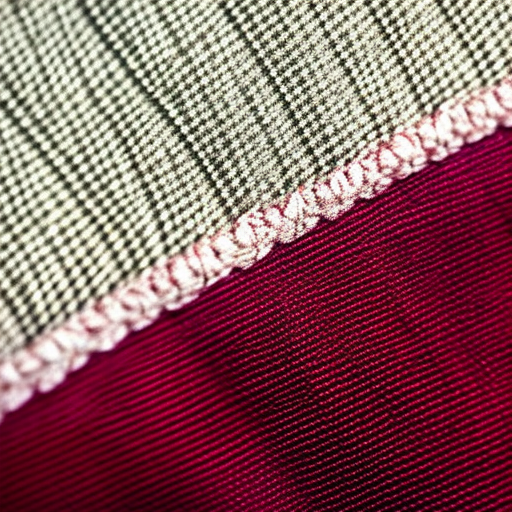
When it comes to sewing garments that need flexibility and durability, using stitches that can stretch is essential. Whether you’re making activewear, dance costumes, or clothes for growing kids, having the right stitches can make a world of difference.
Zigzag Stitch
The zigzag stitch is a versatile option that provides excellent stretchability. Its distinctive diagonal pattern allows the fabric to expand and contract without breaking the thread. This stitch is perfect for seams on knit fabrics, elastic applications, or when sewing stretchy seams that require flexibility. It also prevents the thread from snapping under stress, ensuring the longevity of your projects.

Stretch Stitch
The stretch stitch, sometimes called a triple stitch, is specifically designed for stretchy fabrics. It consists of several closely spaced straight stitches followed by a wide zigzag stitch. This combination creates a strong and flexible seam that withstands the test of time. This stitch is ideal for sewing on sportswear, swimwear, and lingerie as it provides both strength and stretch.

Twin Needle Stitch
The twin needle stitch is an excellent option for achieving a professional finish on your stretchy projects. This stitch uses two needles, creating two parallel lines of straight stitches on the right side and a zigzag stitch on the wrong side. The result is a neat, stretchy seam that mimics the look of ready-to-wear garments. This stitch is commonly used for hemming, topstitching, and adding decorative elements to stretchy fabrics.

Remember to adjust your sewing machine settings to achieve the desired stitch width and length for optimum stretch. Additionally, using a ballpoint or stretch needle will help prevent skipped stitches and fabric damage while sewing stretchy materials.
- Always test your stitches on scrap fabric before starting your project to ensure they provide the desired stretch and appearance.
- Consider using a walking foot attachment when working with difficult-to-feed stretch fabrics for more even and smooth stitches.
- Practice proper seam finishes, such as using a serger or overcasting stitch, to prevent fraying on both woven and knit stretch fabrics.
With the right stitches, you can confidently sew comfortable and flexible garments that aren’t limited by movement. Experiment with different techniques and stitches to find the perfect match for your sewing projects. Happy stitching and enjoy the freedom of stretch in your creations!





Fantastic! I never knew there were different types of stitches for stretch fabrics! #learningsomethingnew
A great resource for sewists of all levels, this post will help them learn how to choose and use the best stitching for any given stretchy fabric! #skillbuilder
This is incredibly helpful for me as I’m just starting to learn how to sew! #beginnerexcitement